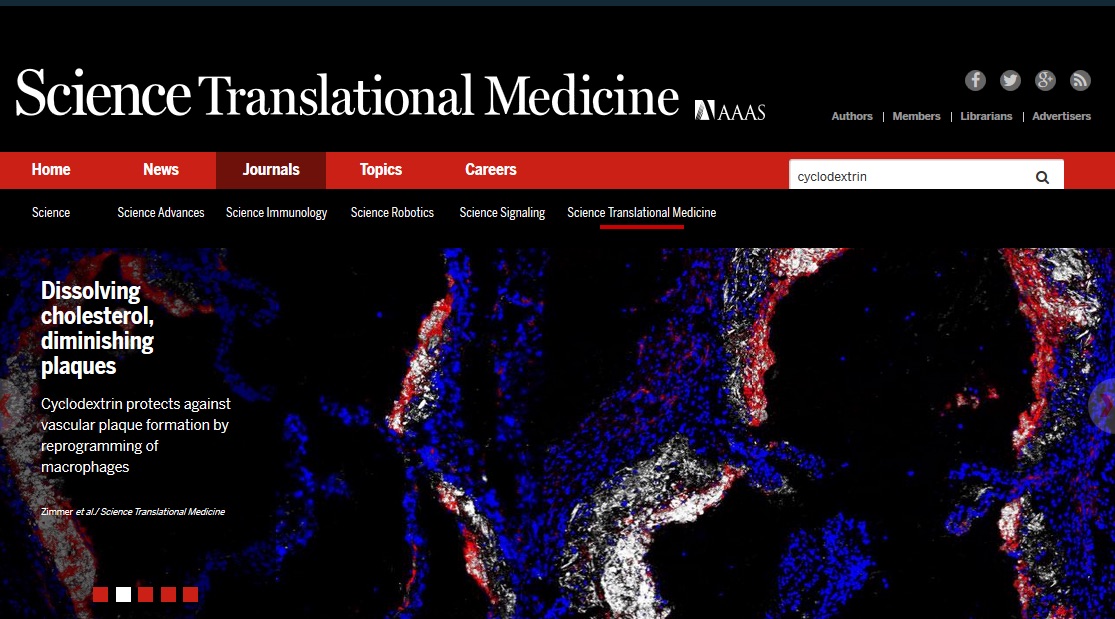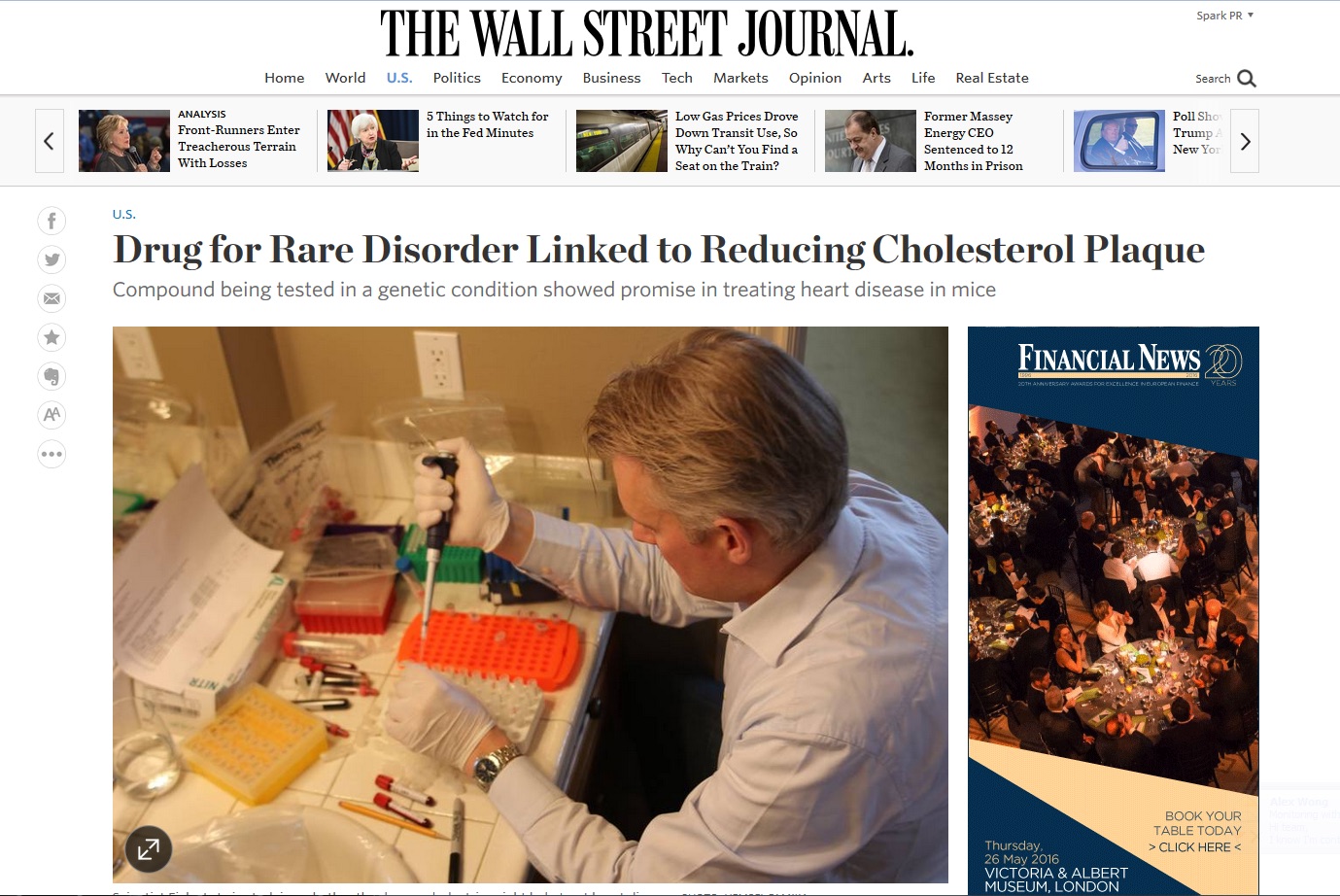Article published in Science Translational Medicine showing that cyclodextrin may reduce atherosclerosis attracts worldwide attention

Two OUS researchers - professor Bente Halvorsen from the Research Institute of Internal Medicine, and head physician Mona Skjelland from the Department of Neurology - have together with professor Terje Espevik and post doc Siril Bakke from NTNU participated in a large international research project where they have shown that cyclodextrin may reverse atherosclerosis. The study is run by a German research group led by professor Eicke Latz, and the results were recently published in Science Translational Medicine (journal impact factor 18.54). The research has also received widespread attention from various places, including two highly profiled articles in the major newspaper Wall Street Journal.
(story updated with more links to articles from various news sources, under "More")
The scientists have through the use of various systems, among these atherosclerotic mouse models, shown that atherosclerotic deposits in blood vessel walls are considerably reduced after cyclodextrin treatment -a FDA-approved substance. The authors also show that cyclodextrin increased the dissolution of intracellular cholesterol crystals in macrophages. Moreover, by threating macrophages and human carotid plaque ex vivo the researchers were able to show that cyclodextrin reprogrammed the transcriptional apparatus in a favourable and more functional direction, and that this "athero-protection" effect was caused by a cylcodextrin-induced increase in cholesterol metabolism and a stimulation of liver X receptor (LXR) dependent transcription machinery in macrophages, resulting in reduced inflammation and improved capacity to remove cholesterol deposits. Also, in vivo, LXR agonism was required for the cyclodextrin effects.
In future, cyclodextrin may have significant impact in treatment of patients with atherosclerotic diseases such as stroke and myocardial infarction.
Links:
The article from Science Translational Medicine:
Cyclodextrin promotes atherosclerosis regression via macrophage reprogramming.
Zimmer S, Grebe A, Bakke SS, Bode N, Halvorsen B, Ulas T, Skjelland M, De Nardo D, Labzin LI, Kerksiek A, Hempel C, Heneka MT, Hawxhurst V, Fitzgerald ML, Trebicka J, Björkhem I, Gustafsson JÅ, Westerterp M, Tall AR, Wright SD, Espevik T, Schultze JL, Nickenig G, Lütjohann D, Latz E.
Sci Transl Med. 2016 Apr 6;8(333):333ra50. doi: 10.1126/scitranslmed.aad6100.
PMID: 27053774
The Wall Street Journal articles (from April 6th 2016):
Drug for Rare Disorder Linked to Reducing Cholesterol Plaque
In Science, Inspiration Can Come From Unlikely Places
From various news sources (links will be updated)
Norwegien web sites:
From Ambulanseforum:
Ny behandling av åreforkalkning med sukkerstoff
From gemini.no - Forskningsstoff fra NTNU og SINTEF:
Ny behandling av åreforkalkning med sukkerstoff
From abcnyheter:
Ny behandling av åreforkalkning med sukkerstoff
From national broadcasting corporation NRK:
Sukkerstoff kan løse opp åreforkalkning
From the Faculty of Medicine, University of Oslo
Sukkerstoff kan behandle tette blodårer
International web sites:
From ScienceDaily:
Ring-shaped sugar helps in cases of atherosclerosis - Cyclodextrin promotes the breakdown of dreaded plaques
From EurekAlert!:
Cyclodextrin dissolves away cholesterol crystals
From Videnskap.dk (in Danish):
Muligt gennembrud i behandling af åreforkalkning
From Jyllands-posten (in Danish):
Forskere har fundet effektiv behandling mod åreforkalkning
 |
 |
| (click on image to read article, copied from WSJ orginal article) |
 |
| (click on image to read article, copied from WSJ orginal article) |